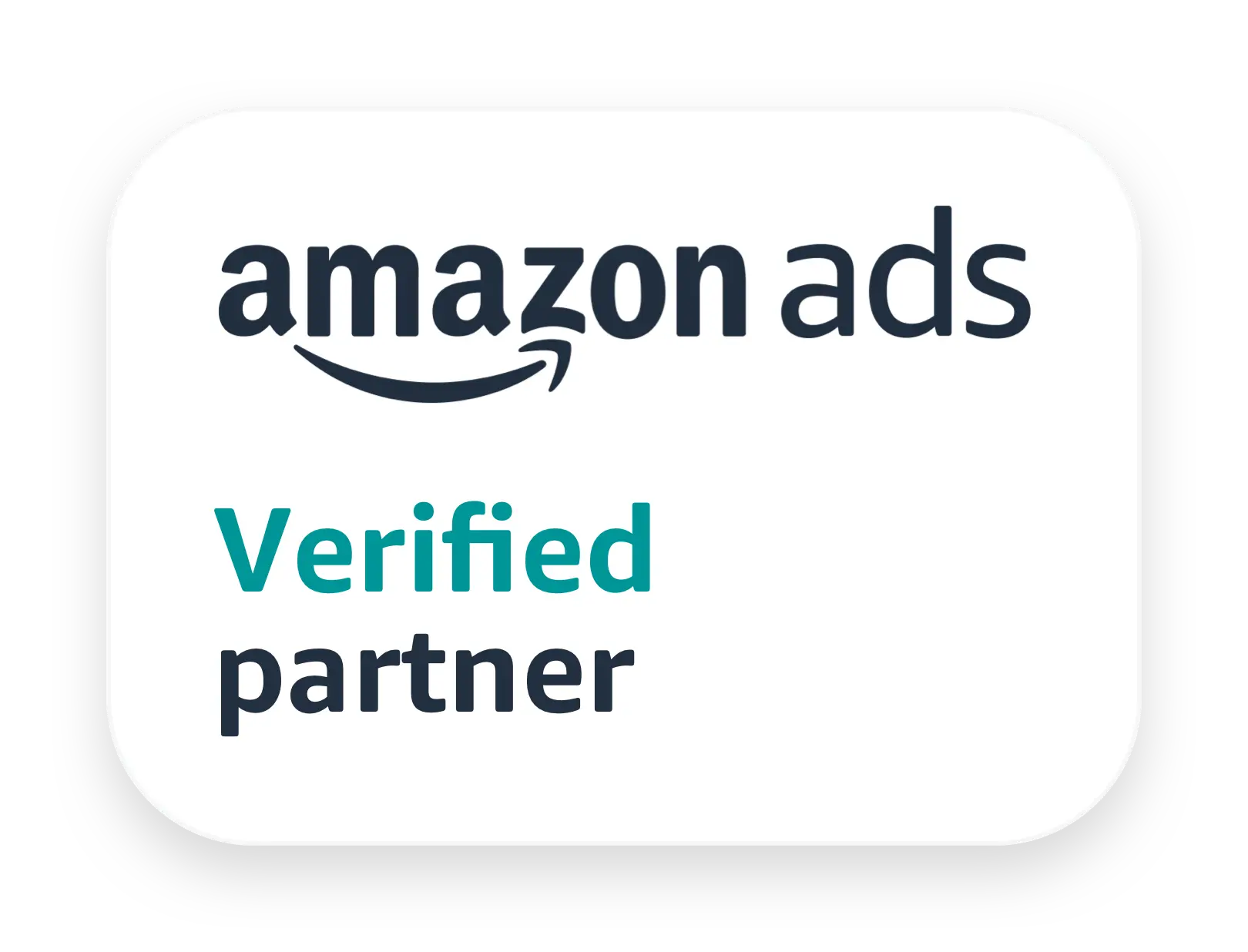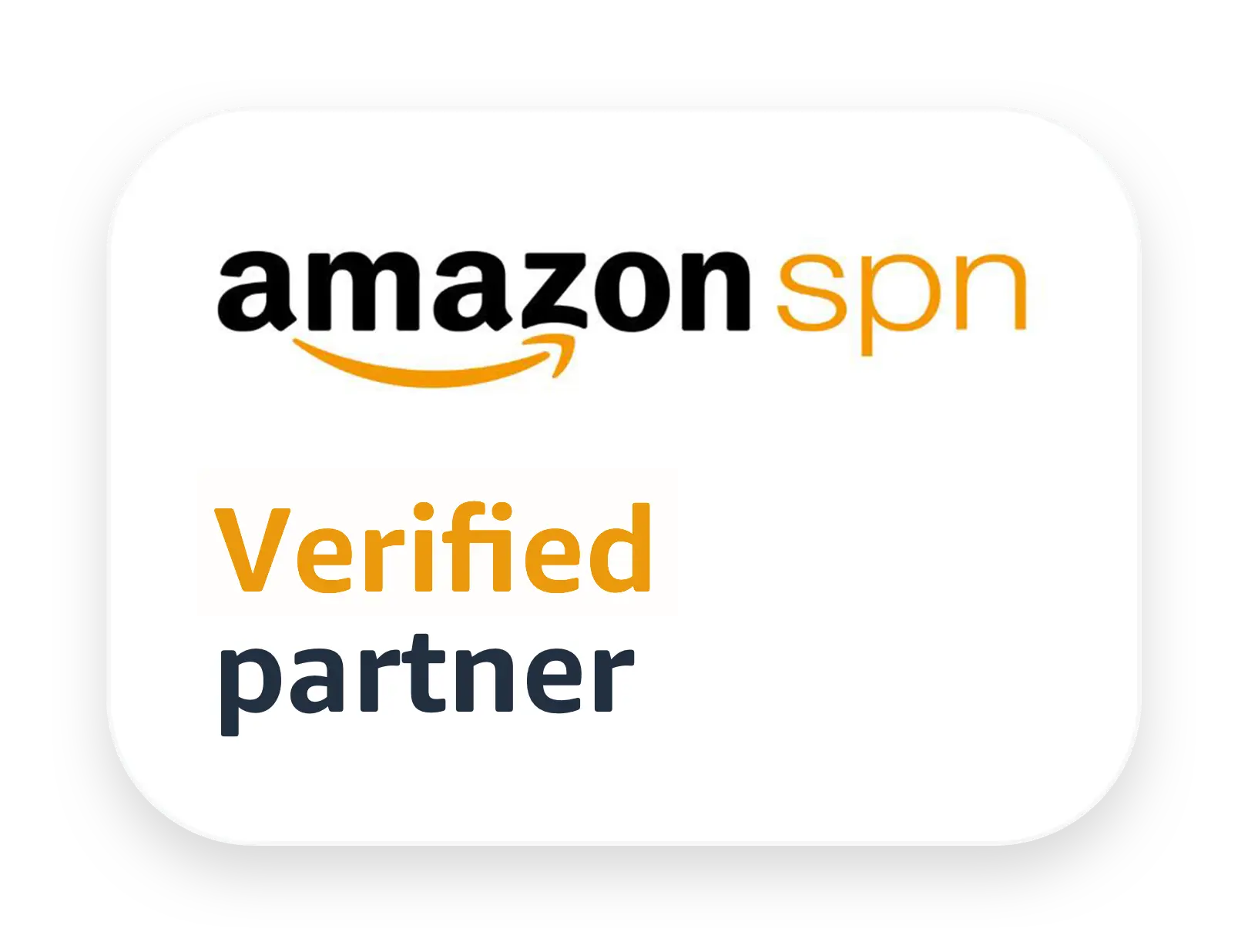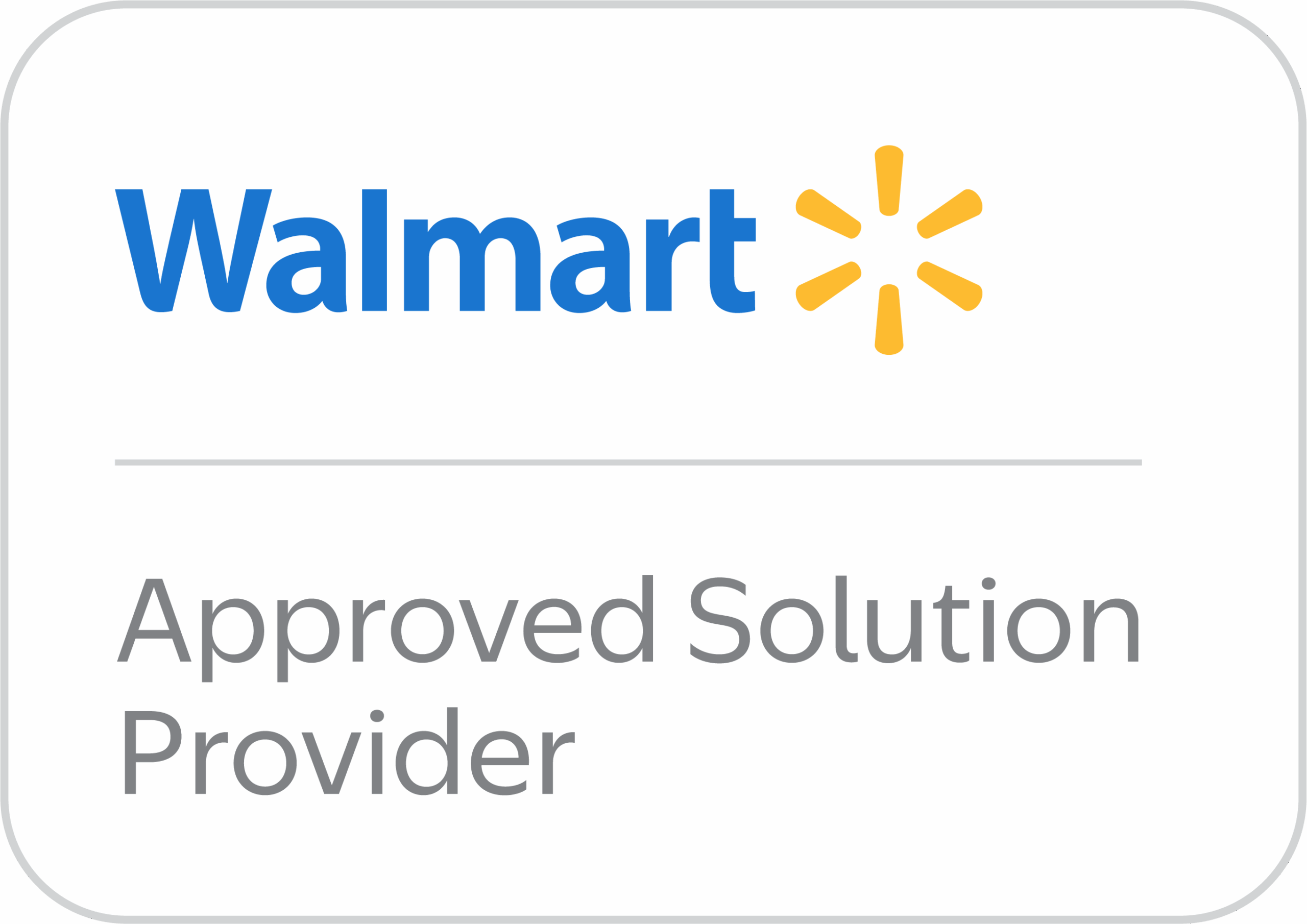Managing your Amazon store is exciting… until numbers start piling up. Sales, returns, shipping fees, taxes—yep, it gets real, fast. But you don’t need to throw your hands in the air or drop big bucks on accounting software.
There are some great free tools out there that can help you track your finances, stay compliant, and actually understand where your money is going. I’ve put together this guide to help you find the right free accounting software that fits your Amazon business—without breaking your budget.
Why Accounting is Crucial for Amazon Sellers
Understanding your money matters.
Running an Amazon business, or any business for that matter, isn’t just about selling cool stuff. It’s also about knowing your numbers inside and out. How much did you actually make after all those fees? What are your biggest expenses? Where can you cut back? Good accounting answers all these questions and more. It helps you make smart decisions, plan for the future, and most importantly, ensure you’re actually making a profit! Plus, come tax time, you’ll thank yourself for keeping everything organized. Trust me, nobody wants to be scrambling for receipts in April.
Free Accounting Software (with limitations) and Their Nitty-Gritty
Let’s look at some excellent free options that can help you manage your books. These tools are fantastic for getting started, though they might require a bit more manual effort.
Wave
Wave is like that friendly neighbor who always helps you out. It’s a fantastic choice for small businesses, and guess what? It offers a completely free plan. This includes accounting, invoicing, and even tracking your receipts. If you’re an Amazon seller looking to keep your costs down, Wave can be your best friend.
Benefits of Wave for Amazon Sellers
- Truly Free Core Features: You get solid accounting, invoicing, and receipt tracking without paying a cent. This is huge for budget-conscious sellers.
- User-Friendly Interface: Wave is designed to be easy to use, even if you’re not an accounting pro. Its dashboard gives you a quick overview of your finances.
- Unlimited Invoicing and Payments: You can send as many invoices as you need and accept online payments, which is great for any side sales or custom orders.
- Bank and Credit Card Connections: Wave can connect to your bank accounts and credit cards to automatically import transactions, which saves a lot of manual entry.
- Collaboration Tools: You can invite your accountant or business partners to access your Wave account, making teamwork on finances a breeze.
- Good for Service-Based Businesses: While we’re talking Amazon, if you also have a service component to your business, Wave handles that well.
Drawbacks of Wave for Amazon Sellers
- No Direct Amazon FBA Integration: This is the big one. Wave doesn’t automatically pull in all the complex data from Amazon Seller Central (sales, fees, refunds, reimbursements). You’ll have to manually download settlement reports and input the data or upload CSVs. This can be time-consuming.
- Limited Inventory Tracking: If you have a lot of products, Wave isn’t built for detailed inventory management. You might need a separate system for this.
- Basic Reporting: While it offers essential reports like profit & loss, it might lack the deep insights or customizable reports that some Amazon sellers crave for detailed analysis of their specific business metrics.
- Payroll Limitations: If you plan on having employees, Wave’s free payroll is only available in a few select countries, which might not be yours.
Akaunting
Ever heard of open-source software? Akaunting is just that – an online accounting software that’s open for everyone to use and even tweak if you’re techy. It gives you all the good stuff like invoicing, keeping tabs on your expenses, and managing your cash flow. You can use it online for free, or if you’re feeling adventurous, you can even host it yourself for ultimate control. It’s built for small businesses and freelancers, so it’s a perfect fit for many Amazon sellers.
Benefits of Akaunting for Amazon Sellers
- Free and Open-Source: The core self-hosted version is completely free, giving you full control over your data. There’s also a free cloud version.
- Comprehensive Features: It includes invoicing, expense tracking, client and vendor management, bank reconciliation, multi-currency support, and financial reporting. That’s a lot for free!
- App Store for Extensions: While the core is free, Akaunting has a marketplace where you can add more features (some paid) if your needs grow, offering flexibility.
- Modern Interface: It boasts a clean and user-friendly design, making it pleasant to navigate.
- Data Ownership (Self-Hosted): If you self-host, your financial data is entirely on your server, which is a big plus for privacy-minded individuals.
Drawbacks of Akaunting for Amazon Sellers
- Requires More Technical Know-How (Self-Hosted): If you opt for the self-hosted version, you’ll need some technical skills to set it up and maintain it. The cloud version is easier but has limitations.
- Limited Direct E-commerce Integrations: Similar to Wave, Akaunting isn’t designed with direct Amazon integration, meaning manual data entry for Amazon transactions will be necessary.
- Community Support Focus: Being open-source, support primarily comes from the community forums, which might not be as immediate or comprehensive as dedicated customer support teams from paid software.
- Scalability Concerns for Free Version: While it has an app store, adding many paid apps to match comprehensive paid solutions can add up, potentially negating the “free” aspect if you need extensive features.
GnuCash
Now, GnuCash might sound a bit techy, but don’t let the name scare you. It’s a really powerful, free, and open-source accounting program for both your personal finances and small businesses. It uses something called “double-entry accounting,” which is how the pros do it. This means it tracks every penny coming in and going out, making sure your books are balanced.
Benefits of GnuCash for Amazon Sellers
- Completely Free and Open-Source: No hidden fees, no subscriptions. It’s yours to use forever.
- Robust Double-Entry Accounting: This is a big deal. It provides a solid, professional accounting foundation that helps prevent errors and ensures your books are accurate.
- Detailed Reporting: GnuCash offers a wide range of customizable reports and graphs, giving you deep insights into your financial data.
- Multi-Currency Support: Great if you sell on different Amazon marketplaces in various currencies.
- Desktop-Based: Some users prefer having their data stored locally on their computer for privacy and offline access, which GnuCash provides.
Drawbacks of GnuCash for Amazon Sellers
- Steep Learning Curve: GnuCash is powerful, but it’s not the most intuitive for beginners, especially if you’re new to double-entry accounting. It requires more manual input and understanding.
- No Cloud Access: Since it’s a desktop application, you can only access your financial data from the computer where it’s installed. This limits flexibility for on-the-go management.
- Outdated User Interface: While functional, the interface isn’t as sleek or modern as many cloud-based alternatives, which might feel a bit clunky.
- Limited Automation and Integrations: You won’t find direct Amazon integrations or automated bank feeds like in many paid software options. Most data entry will be manual.
- Single-User System: It’s primarily designed for a single user, which can be a limitation if you have multiple people involved in your bookkeeping.
Odoo Community
Odoo is a big name in the business software world, offering a whole suite of tools. Luckily, they have a “Community” edition that’s free for a single user, and it includes accounting features! Think of it as a starter pack. If your Amazon business is just you, and you want to dip your toes into a more comprehensive system, Odoo Community could be a great fit.
Benefits of Odoo Community for Amazon Sellers
- Integrated Modules (ERP System): Even in the free version, Odoo is part of a larger ERP (Enterprise Resource Planning) system. This means the accounting module can potentially integrate with other aspects if you expand into inventory, sales, etc., later on (though many modules are paid).
- Automation Potential: Odoo aims for automation in tasks like bank reconciliation and invoice generation, which can save time.
- Centralized Data: All your financial information is in one place, reducing data silos and ensuring consistency.
- Good for Learning: It can be a good way to get familiar with a more comprehensive ERP system without the initial cost.
Drawbacks of Odoo Community for Amazon Sellers
- Limited to a Single User (Free): The free Community edition is usually restricted to one user, which can be a bottleneck as your business grows or if you want to collaborate with an accountant.
- Complex Setup: Even for the basic accounting module, Odoo can be more complex to set up compared to simpler, dedicated accounting software.
- Hidden Costs for Scalability: While the Community version is free, unlocking more users, advanced features, or additional modules quickly leads to significant costs in the Enterprise version.
- Requires Self-Hosting for Full “Free” Experience: To avoid Odoo’s cloud hosting fees and fully utilize the “free” aspect, you might need to self-host, which again requires technical expertise.
- Not Amazon-Specific: Like other general accounting tools, it lacks direct, out-of-the-box integrations for Amazon Seller Central.
Frappe Books
Imagine a friendly, simple app on your computer that just takes care of your money stuff. That’s Frappe Books! It’s a free and open-source desktop software specifically made for small businesses and folks like us who are freelancing or selling online. It’s super simple to use, and here’s a cool part – it works even when you’re offline!
Benefits of Frappe Books for Amazon Sellers
- Free and Open-Source: No cost, and you can even peek at the code if you’re curious!
- Desktop-First (Offline Functionality): It lives on your computer, meaning you don’t need an internet connection to use it. This is great for privacy and accessibility.
- Simple and Intuitive Design: Frappe Books focuses on ease of use, making basic accounting tasks less daunting.
- Comprehensive Reports: It includes standard financial reports like Profit and Loss, Balance Sheet, and Trial Balance.
- Privacy by Default: Since data is stored locally, your financial information isn’t floating around in the cloud.
- Customizable Invoices: You can create professional invoices and even customize templates if you have some basic HTML knowledge.
Drawbacks of Frappe Books for Amazon Sellers
- No Cloud Access/Collaboration: Being a desktop app means no easy access from multiple devices or seamless collaboration with an accountant unless you manually share files.
- Limited Advanced Features: It’s designed for simplicity, so it won’t have the deep inventory tracking, advanced payroll, or complex multi-currency reporting that larger Amazon businesses might need.
- No Direct Amazon Integration: You’ll still be doing manual data entry or importing CSVs from Amazon.
- Reliance on Local Backups: Since data is local, you are responsible for backing up your SQLite database file to prevent data loss.
- Community Support: As open-source software, support typically comes from the community rather than dedicated customer service.
Spreadsheet-Based Accounting
Sometimes, the simplest tools are the best.
Google Sheets/Microsoft Excel
For those of us running a really small Amazon show, or just starting out, sometimes the best free option is already on your computer or in the cloud: a good old spreadsheet! Google Sheets and Microsoft Excel can be your financial command center without costing you a single penny. You’ll be the architect here, setting up your own columns for sales, expenses, inventory, and even those pesky refunds. It takes a bit of elbow grease to enter all the data yourself. It also helps to have a basic understanding of how money moves in and out of a business. But hey, it’s free and puts you totally in control!
Pros
First off, it’s absolutely, undeniably FREE. You can’t beat that price tag! Second, it’s incredibly customizable. You can tailor it exactly to how your brain works, making it super easy to understand your own financial flow. Plus, by manually entering everything, you really get to grips with the fundamentals of your business’s money situation. It’s like a crash course in finance!
Cons
Alright, so it’s not all rainbows and sunshine. Spreadsheets can be a real time-sink. Entering every single sale, fee, and expense can eat up a lot of your precious time, especially as your sales grow. And let’s be honest, we’re all human, right? Manual data entry means more chances for those little slip-ups, or “typos” as we like to call them, which can throw off your whole financial picture. It also lacks any cool automation, so no fancy integrations with Amazon. And if your sales really take off, a spreadsheet can quickly become a chaotic mess.
Utilizing Free Trials and Freemium Models
Try before you buy, it’s a classic move for a reason.
Let’s be real, a lot of the fancier accounting software out there comes with a price tag. But here’s a little secret: many of them offer free trials. We’re talking 14 to 30 days of full access to their features, completely free of charge! This is a golden opportunity to take them for a spin, see if they click with your Amazon business, and figure out if those extra features are worth the investment later. Think of it as dating your accounting software before committing.
Some also operate on a “freemium” model. This means they offer basic features for free, forever. It’s great for getting started! But if you want to unlock the really powerful tools – like direct Amazon integrations, advanced reporting, or more users – you’ll need to upgrade to a paid plan. While these aren’t “free forever” for the full package, they’re fantastic for dipping your toes in, getting your initial setup sorted, and understanding what a more comprehensive solution could do for your business. It’s a smart way to bridge the gap between truly free options and a paid subscription.




